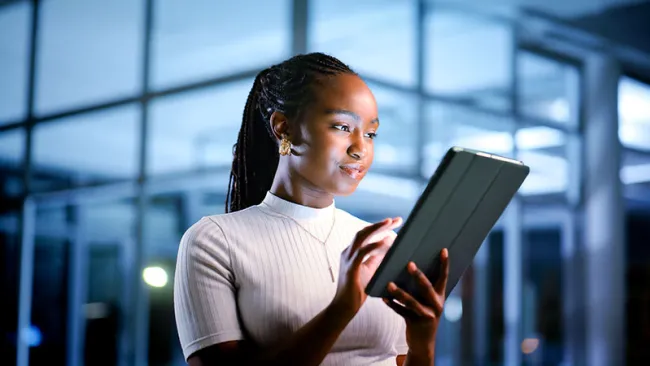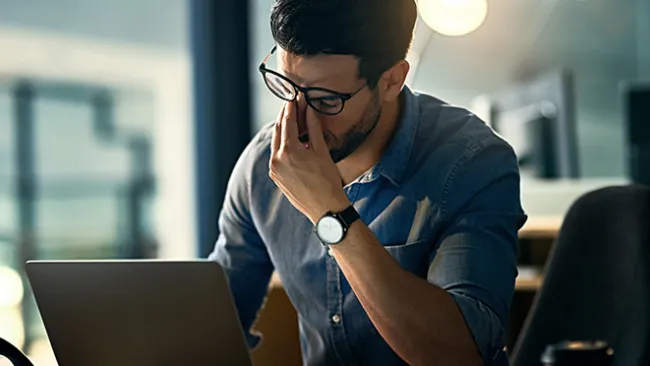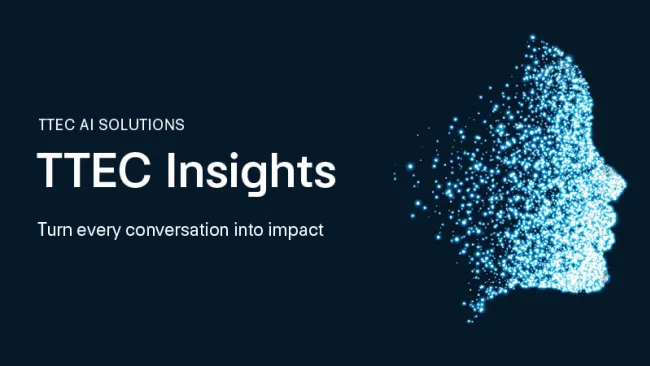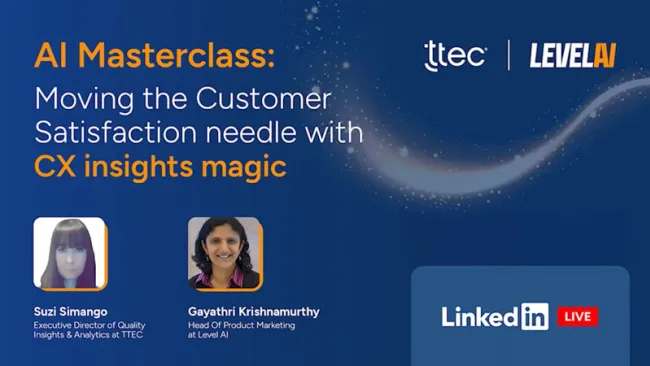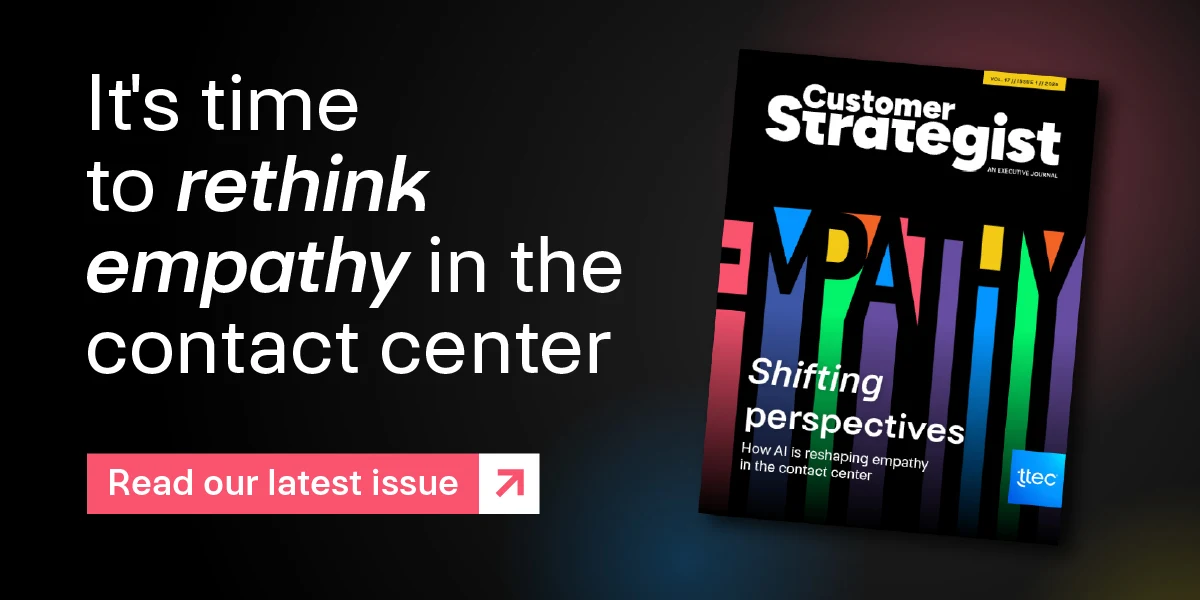In TTEC’s new e-book, The Technology of Us, author and blogger Doc Searls, said that we’re entering a new era where individuals dictate what, where, and how they’ll buy. In this future state, companies will forego talk of “acquiring,” “capturing,” “controlling,” “managing,” and “locking in” customers; instead customers manage the buying process by dictating what they want, where and when they get it, and how much it should cost.
Searls refers to this radical shift in the way we shop and buy as “intentcasting,” or vendor relationship management (VRM). In this era, customers operate independently, free from Big Data and surveillance tracking their moves. VRM, Searls maintains, requires companies to stop guessing what customers need and actually know what they want.
Here are three tips you can implement today to start better understanding what your customers want:
1. Assign key stakeholders to track key customers’ experiences.
As customers traverse your company’s channels, you should note where their experiences break down and also where they excel. Set up listening posts and ask customer-facing employees to report what they hear. At Cancer Treatment Centers of America (CTCA), employees practice Patient Empowered Care where key stakeholders are trained to listen to patients wherever there is an opportunity to help improve the experience. All customer-facing employees—even housekeeping—are empowered to spend time with patients to build relationships with them and to listen to them during the course of their visit to ensure that CTCA is meeting their needs. Service reps also walk through the outpatient centers and ask patients questions about their interests, ranging from music to dietary preferences. If they, or any stakeholder, encounter a patient with a specific need they feel they can address, CTCA encourages them to meet it then and there.
2. Fold VOC efforts into the enterprise.
By implementing a formal voice of the customer program, you’ll gain greater employee and customer insights and the effort will pay off in enhanced customer experiences. In this article, Forrester recommends to start by taking stock of your existing employee listening posts, from HR surveys to suggestion boxes. Form partnerships between the customer experience team and HR to formalize the program and divvy up the work. Employees should blend customer feedback from their front-line interactions with their knowledge of the business to create useful insights. They then should provide that insight up through the organization, along with feedback about their experiences as employees. This feedback is critical, because employee experience affects customer experience. At the top, the combined insights inform strategic decisions, which then flow back down as part of strategy, projects, and programs. These projects and programs change internal practices and ultimately result in better customer experiences. Then, the cycle begins again.
3. Create a customer board of advisors.
If you really want to know what customers think about the decisions you make, why not create an elite group of your best and most vocal customers? Then bring them together monthly or quarterly for a couple of hours to get their feedback.
Roger Curtis, president of Michigan International Speedway (MIS), believes guest feedback is essential for improvement, so aside from immersing himself in the guest experience, he’s also appointed a 24-member fan advisory board, composed of fans who demonstrate a desire to better the overall facility. Members participate in monthly conference calls with MIS management and attend board meetings, where they review the organization's available capital and offer suggestions on where to spend the money to improve the guest experience and to attract new guests. They even review marketing communications to determine if MIS' messaging will resonate with fans. These efforts have led to numerous upgrades and renovations to the facility.
Until we are truly able to embark upon this new era of customization, privacy, and efficiency that Searls predicts will redefine the consumer experience, there are steps we can take today that carve a path and steer customers from an anonymous shroud of darkness toward a position of feeling empowered and fulfilled by the relationships with your organization.
To read Searls’ essay, “Free the People,” click here.
Also, check out the most recent issue of our e-newsletter.
Related Content:
Blog Post: Optimism: A Driving Force of Human Evolution
Three Ways to Better Understand What Customers Want






